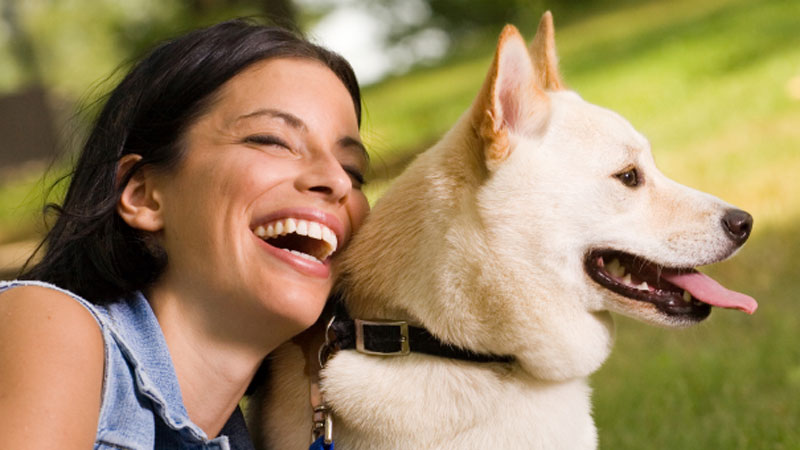Picking a dog to suit you!
Dogs are broadly split into 7 different groups according to similar traits and personalities.
Hounds are traditionally hunting dogs used to track prey. They are good family dogs and generally fine with children. They are mostly short hair breeds so tend to not require lots of grooming. Hounds are divided into scent and sight hounds. Scent hounds find their way around mainly with their sense of smell; they tend to be tough, slow but have great stamina for long walks. Sight hounds use vision and are slight and fast. They tend to be relaxed indoors but off like a rocket outdoors when given the chance.
Hounds are inquisitive and independent. They can be trained but need to understand why they are doing something. They can be let off lead but often recall is an issue due to their strong sense of smell taking over. Their instinct is to chase and kill so they are not great with cats or other small dogs. As an independent breed’ they don't mind being left alone.
Examples are Beagles, Dachshund, Greyhounds, Saluki and Whippets.
Terriers are fun and feisty but often territorial so can bark a lot at passers-by or people coming to the house. They are hunters of small animals so don't always go well with cats. They are high energy and like a lot of exercise and playtime. Most terrier breeds were developed in the UK to locate and kill vermin. To keep a terrier fulfilled it needs toys to find and kill, they also love ripping and shredding so hiding treats in old boxes is a great game. Terriers can be nippy so are better suited to older children. They love digging too so aren't always suitable for garden-proud owners. Terriers were bred to work alone so are not always very tolerant of other dogs. Popular examples are the Border, Fox, Norfolk, and West Highland White.
Toy breeds are small dogs traditionally bred to be companions. They need a lot of attention and love close contact, but don't require much space. They don't have a strong predatory instinct so are good with cats. They still require exercise, but generally nowhere near as much as other dog groups. Their focus is their human family, so they are often not that interested in other dogs. They can be tricky to toilet train and don't like being left so separation can lead to behavioural issues. Examples are the Bichon Frise, Cavalier King Charles, Chihuahua, Maltese, and Pug.
Working dog breeds have been bred to specifically help with a task be it pulling sleds or guarding livestock. They are very clever and easily trained but need to be kept busy as they become destructive if they get bored. These are large or giant breeds. As long as they have a large amount of training and exercise, they are usually happy to be left alone for longer periods. They love reward-based training but can become possessive over family members or toys. Examples are the Boxer, Great Dane, Rottweiler and Siberian Husky.
Pastoral dog breeds are also working dogs and were bred to herd, move, and protect livestock. This is a strong characteristic so these dogs relish having a job to do that involves owner interaction and using their stalking and chasing behaviours. They are among the most active of canine groups and need plenty of mental and physical stimulation. The need for a close owner relationship means that separation anxiety can be common if left for too long.
Examples include Border Collie, German Shepard, Samoyed and Pyrenean Mountain.


